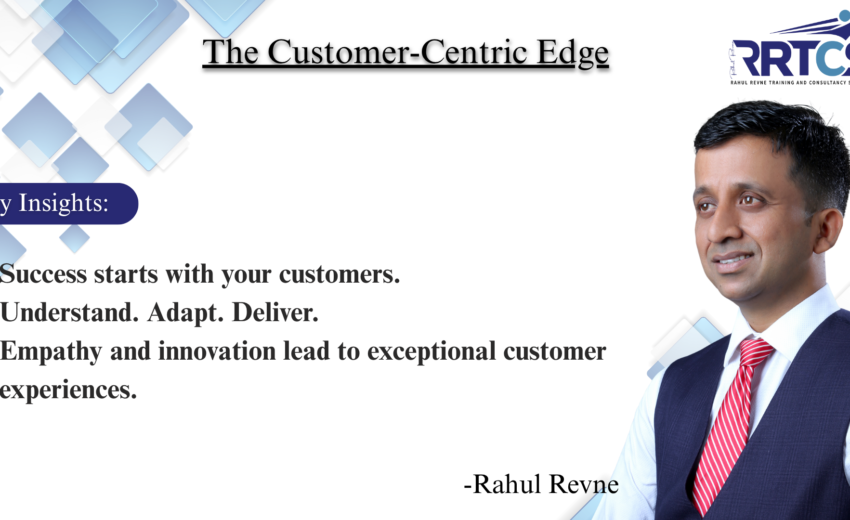
In today’s fast-paced and customer-driven business environment, understanding and prioritizing the needs of your customers is no longer a luxury but a necessity. Ram Charan, the esteemed author of “Execution”, emphasizes the importance of adopting a customer-centric mindset.
This blog explores the significance of placing customers at the forefront of your business strategy and provides actionable exercises to help entrepreneurs cultivate a customer-centric approach that drives success.
The Customer-Centric Mindset: A Path to Success
To truly embrace a customer-centric mindset, entrepreneurs must shift their perspective and make understanding their customers a top priority. Here are practical exercises to implement this approach in your business:
- Conduct In-Depth Customer Research
Take the time to delve deep into your customers’ needs, pains, and desires. Conduct market research, customer surveys, and focus groups to gain comprehensive insights into your target audience. This foundational exercise helps you develop products, services, and experiences that resonate with your customers. - Create Customer Personas
Develop detailed customer personas representing your target audience segments. Include demographic information, motivations, pain points, and goals. By humanizing your customers, you can better understand their perspectives and tailor your offerings to meet their specific needs. - Implement a Customer Feedback System
Establish a robust feedback system to consistently gather insights from your customers. Use tools like surveys, interviews, and social listening to learn about their experiences with your products or services. Regularly analyze and act on this feedback to improve offerings and enhance the customer experience. - Build Empathy within Your Organization
Empathy is a powerful tool for deeply understanding your customers. Encourage employees to put themselves in the customers’ shoes. Conduct empathy-building exercises such as role-playing scenarios or empathy mapping to enhance your team’s understanding of customer needs. - Foster Cross-Functional Collaboration
Break down silos within your organization and promote cross-functional collaboration. Encourage marketing, sales, product development, and customer service teams to work together to gain a holistic view of the customer journey. This facilitates a seamless customer experience across all touchpoints. - Establish Key Customer Metrics
Identify and track customer-centric metrics aligned with your business goals. Metrics such as Customer Satisfaction Scores, Net Promoter Score (NPS), and customer retention rates provide tangible indicators of your company’s performance. Regularly review these metrics to gauge the effectiveness of your initiatives. - Empower and Train Employees
Ensure all employees understand the importance of delivering exceptional customer experiences. Provide training on customer service, communication skills, and conflict resolution. Empower employees to make decisions that prioritize customer satisfaction, enabling them to address customer needs effectively. - Encourage a Feedback Culture
Promote a culture where employees feel comfortable sharing customer feedback and ideas for improvement. Establish regular feedback sessions or forums to collect insights and suggestions. This collaborative environment fosters continuous improvement based on customer needs. - Incorporate Customer-Centricity in Performance Metrics
Align performance metrics and incentives with customer-centric goals. Reward employees who prioritize and deliver exceptional customer experiences. By integrating customer focus into performance evaluations, you reinforce its importance within your organization. - Continuously Evolve and Innovate
Customer needs and expectations are constantly changing. Stay agile and adapt your offerings accordingly. Encourage innovation within your company by fostering a culture of continuous learning, experimentation, and improvement.
Adopting a customer-centric mindset is vital for the success and growth of any business. By deeply understanding your customers, collecting feedback consistently, and implementing these exercises, entrepreneurs can cultivate a customer-focused culture within their organizations. Remember, being customer-centric isn’t just good for business; it is essential. Embrace the customer-centric mindset and start prioritizing your customers today for long-term success and differentiation in the marketplace.












